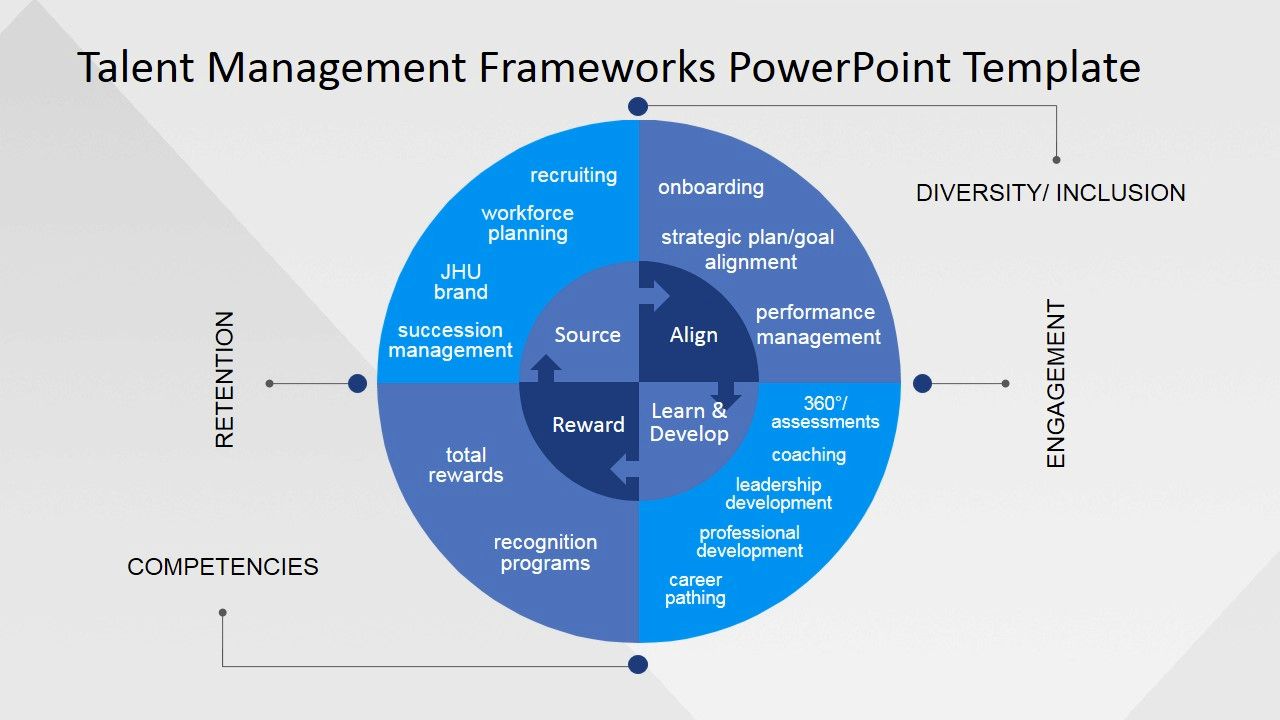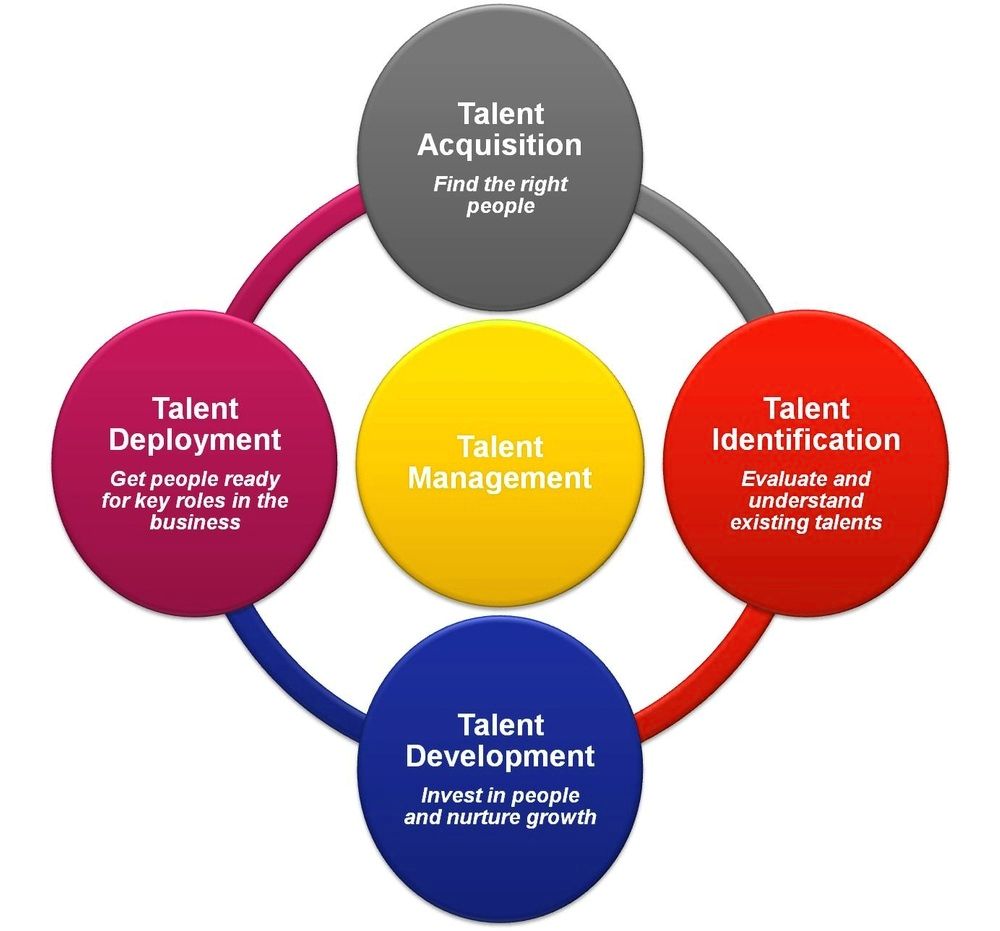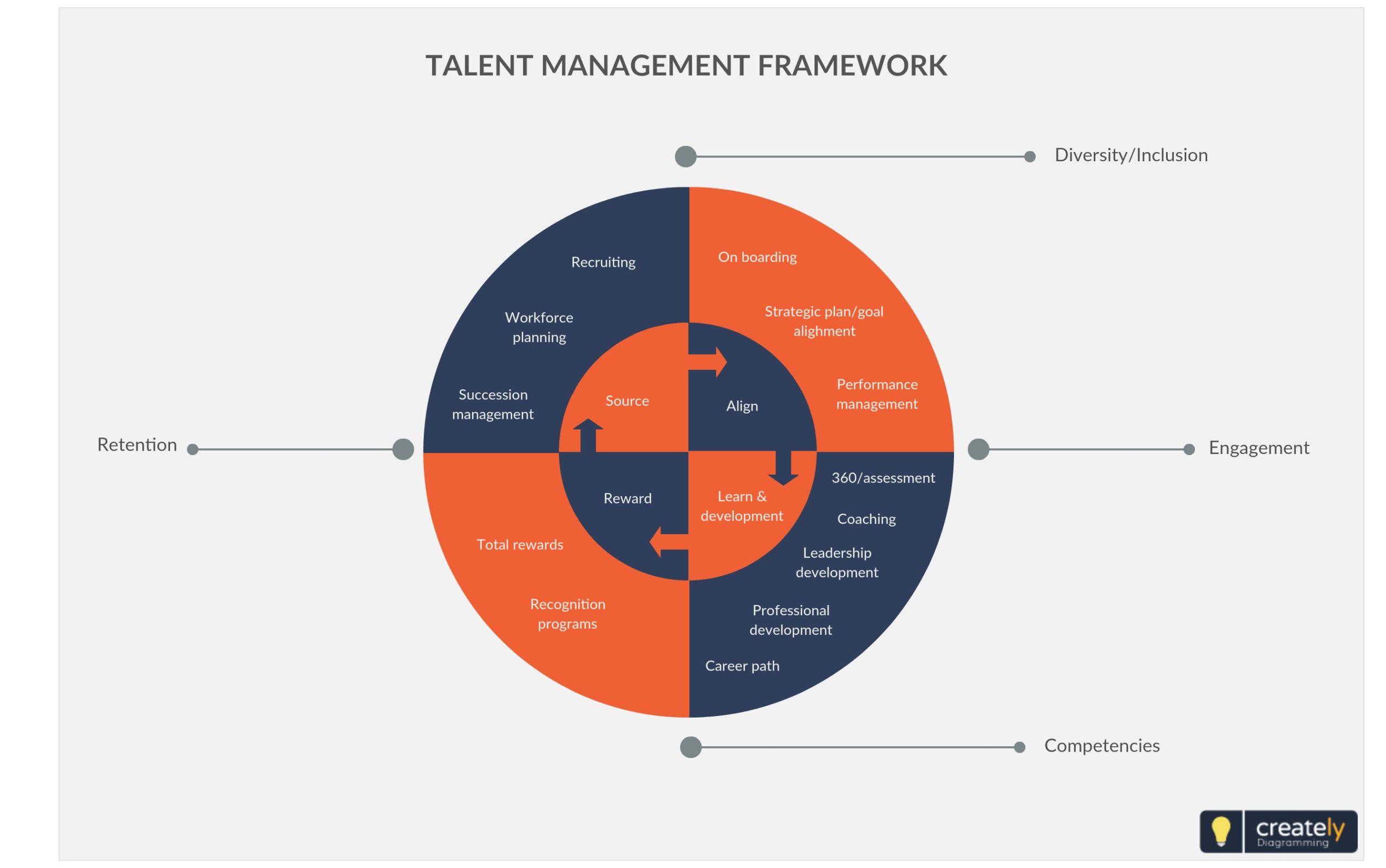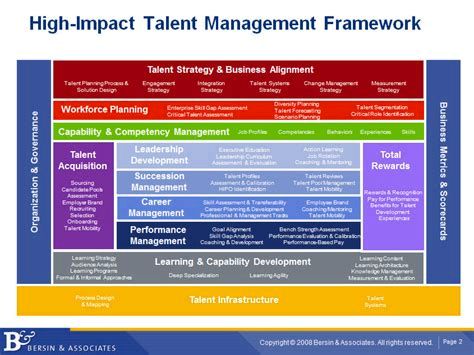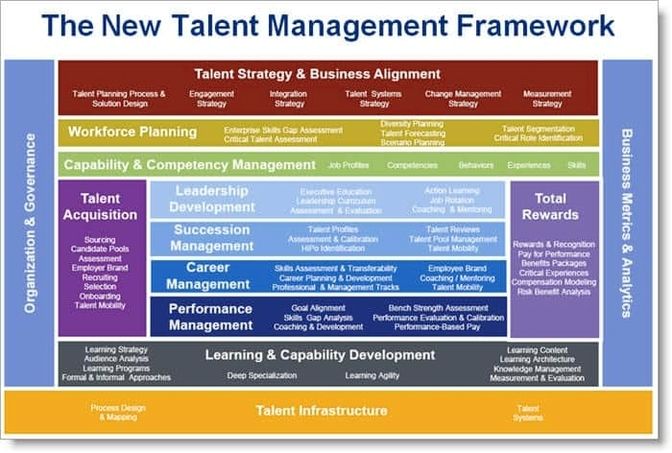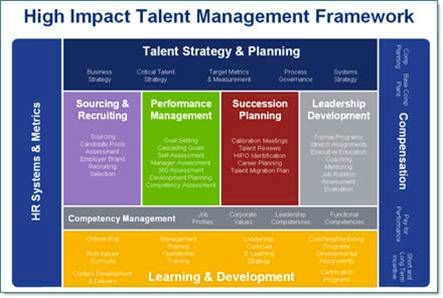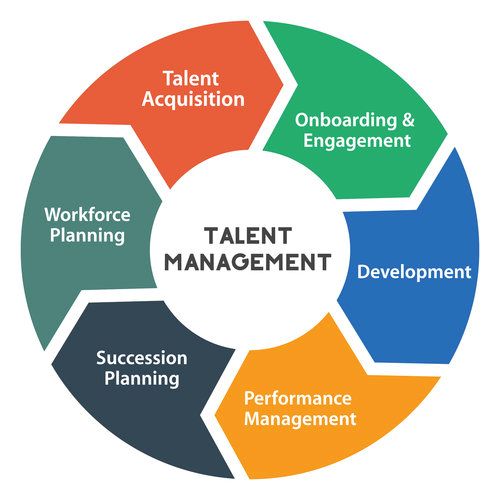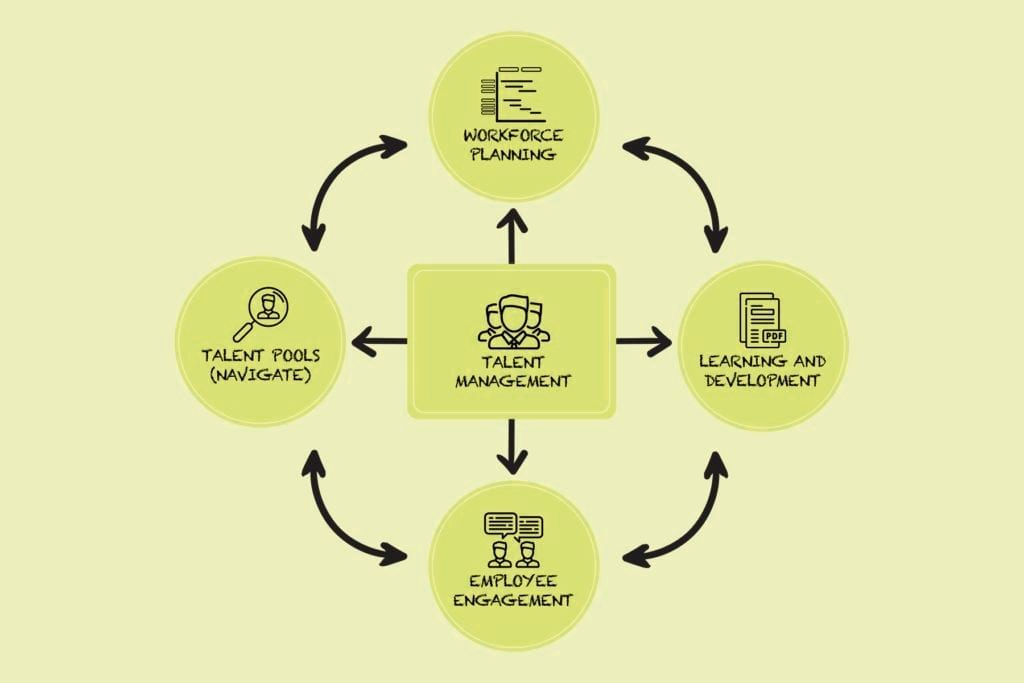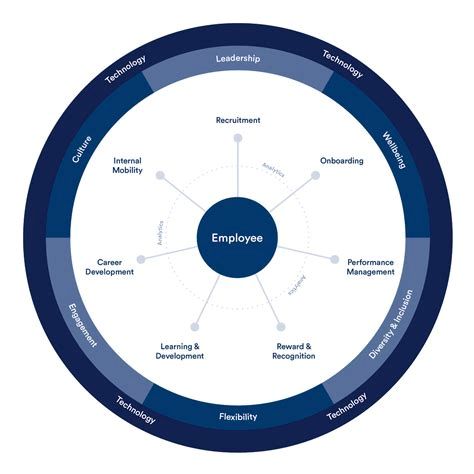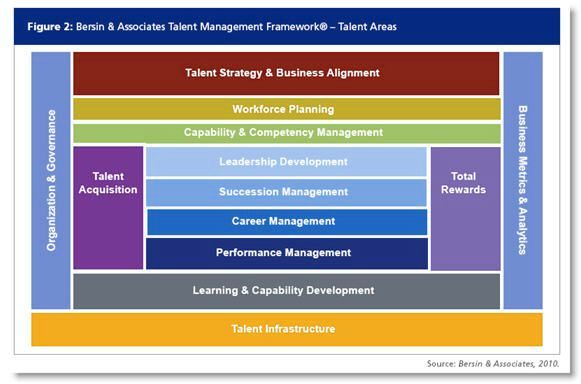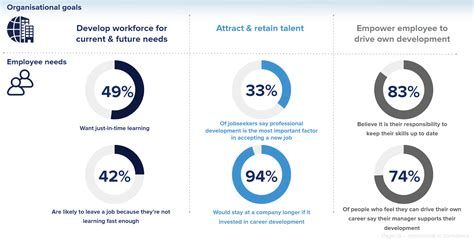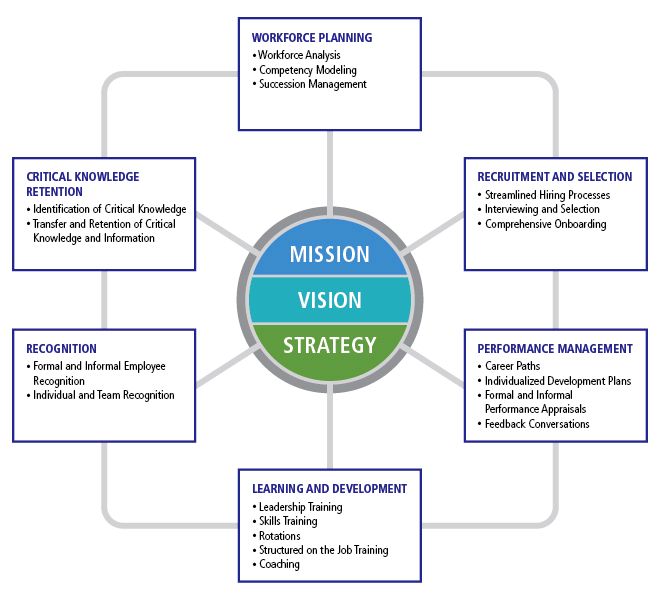Talent management refers to strategic methods of identifying, recruiting, developing, motivating and retaining high-value employees. Strategies of talent management are ongoing procedures to help recognize suitable candidates for a business, onboard new employees and enhance employees’ professional skills.
Talent management refers to strategic methods of identifying, recruiting, developing, motivating and retaining high-value employees. Strategies of talent management are ongoing procedures to help recognize suitable candidates for a business, onboard new employees and enhance employees’ professional skills.
When addressing certain issues head-on, be sure to instigate what would be the best approach to resolve such conflict the next time around. In this type of strategy, monitoring as a way to oversee talent management strategies is a great way to improve success.
